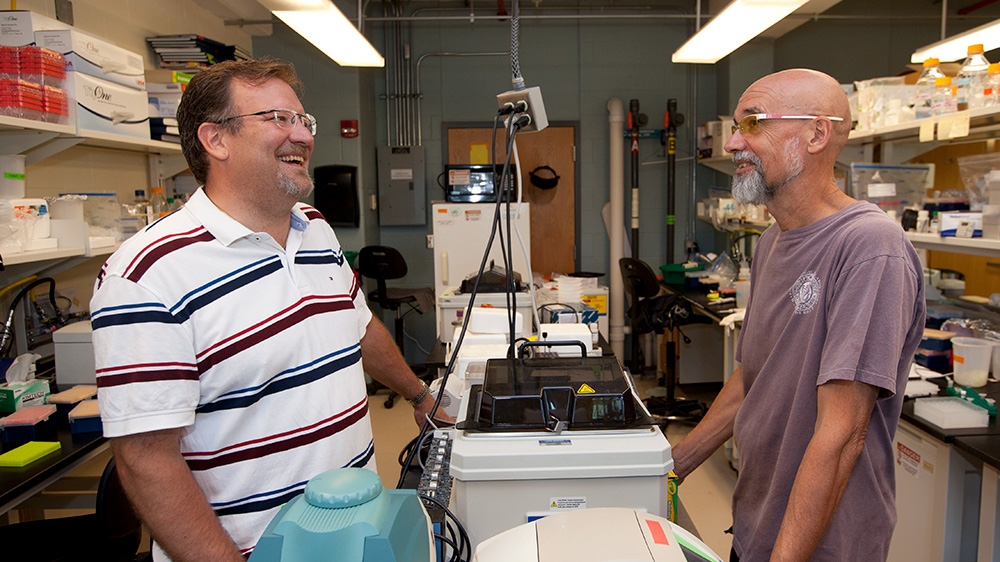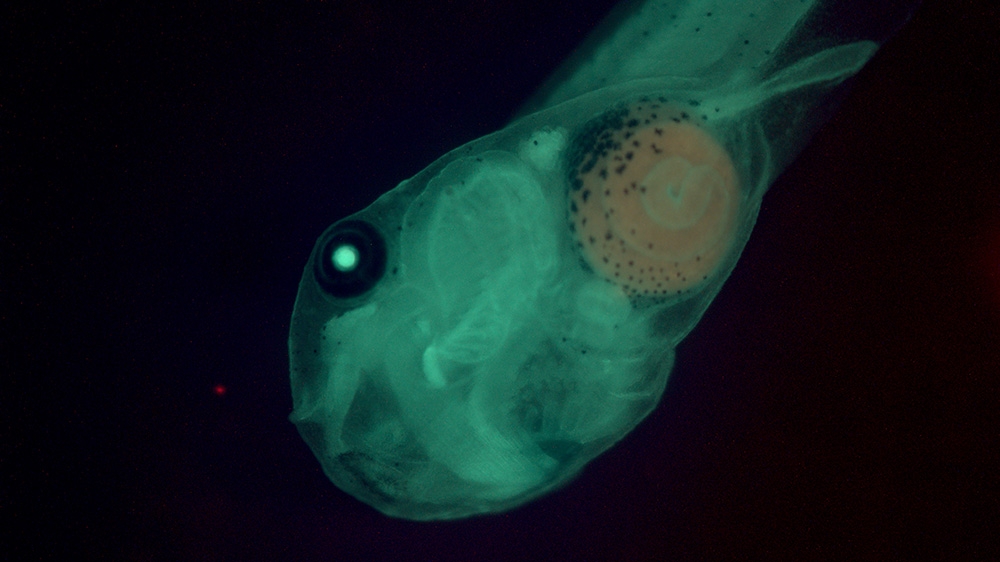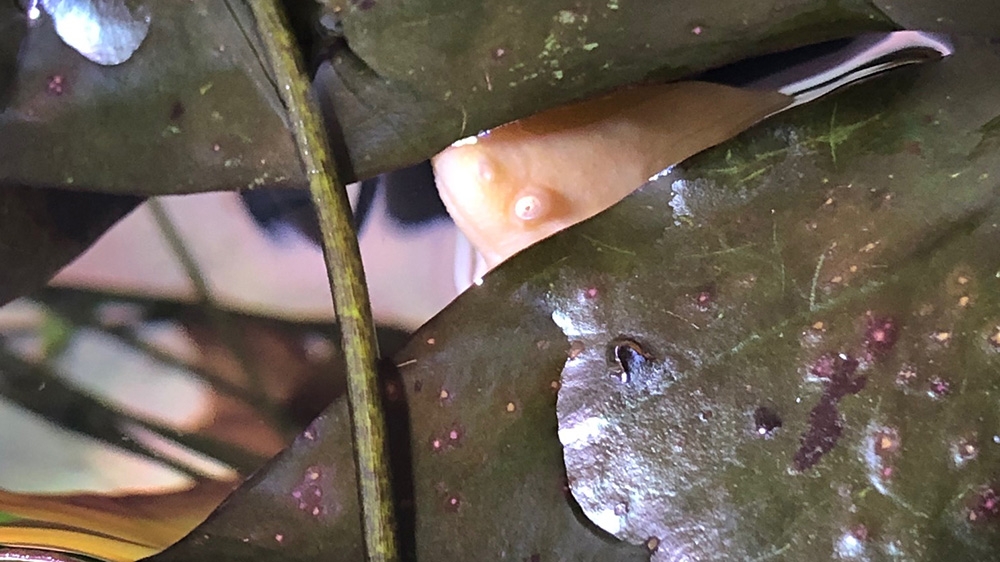The Power of Frogs: National Xenopus Resource at MBL Receives Renewal Award

From within the immense diversity of the animal kingdom, a small set of creatures has become firmly entrenched in laboratory research. With their large, abundant eggs and natural resilience, the clawed-footed frogs known as Xenopus have earned themselves a place alongside the likes of mice and fruit flies, which scientists routinely use to explore our shared biology.
The National Institutes of Health (NIH) recently renewed a major grant to a hub for frog-related research — The National Xenopus Resource (NXR) at the Marine Biological Laboratory (MBL). The five-year renewal ensures the NXR will continue supplying genetically modified frogs for experiments, developing new research tools, and training scientists who work with the animals.
“As a centralized resource, we make it possible for scientists to use this important animal model, regardless of whether they have the resources to work with them in their own labs,” said Marko Horb, the NXR’s director and a senior scientist at MBL. Demand for the NXR’s services has grown every year since the resource was established in 2010, he noted.
These NIH grants, called P40, support specialized centers that supply scientists with animals or biological materials for research. Other P40 grants fund, for example, programs dedicated to fruit flies or mice.
“The P40 grants from the NIH are huge resource grants, awarded to support efforts of a broad international scientific community (not just a few labs), and very prestigious,” said Jennifer Morgan, senior scientist and director of the MBL’s Bell Center for Regenerative Biology and Tissue Engineering. “There are only a few of these types of grants in the United States.”

A versatile research subject
The NXR builds on a long legacy of Xenopus research. Native to stagnant bodies of water in Africa, the frogs became common in labs in the 1930s. Early studies focused on a species known as X. laevis, which produces eggs that measure more than a millimeter in diameter. Modern research also employs its relative, X. tropicalis, whose genetic structure more closely resembles that of humans. The NXR also maintains eight other, less frequently studied species.
Experiments with Xenopus have ushered in landmark discoveries. Perhaps the most prominent is the capacity of mature cells to return to pluripotency —which was recognized by a 2012 Nobel Prize to John Gurdon.
Much of the research done with Xenopus focuses on development, especially early in the embryonic process when one cell becomes thousands that will form tissues and organs, according to Horb. Prior to becoming director of the NXR in 2011, he used frogs to study the pathways that guide cells to form the pancreas. But, he says, “you can do almost anything with Xenopus.”
Serving the community
To conduct these studies, researchers often need frogs that have been genetically altered in specific ways — perhaps by adding a piece of DNA encoding a fluorescent label or disabling a gene linked to a particular human disease.
It’s technically feasible for researchers to generate and maintain frogs like these in their own labs, but most simply don’t have the resources. So, they turn to the NXR, often visiting for weeks at a time to take advantage of the NXR’s facilities and the help of its assistants to generate their results. In some cases, the NXR ships the frogs to them.
With frogs designed to address their specific research questions, researchers can explore the underpinnings of human disease, basic biological processes, and more. One recent collaborator, Whitman Center Fellow Shiri Kult Perry of the University of Chicago, is investigating the mechanisms driving pulmonary fibrosis, a disease marked by debilitating scarring in the lungs. Over the summer, she worked with Horb’s team to begin generating genetically modified frogs that will allow her to explore how these organs develop and heal themselves.

In another project, Horb and another Whitman Fellow, Gary Gorbsky of Oklahoma Medical Research Foundation, are developing a reliable method for generating frog stem cells. Human and other animal stem cells are invaluable for studies of development, regeneration, and other topics. Horb and Gorbsky hope to open the same door for frog research.
Other collaborations, meanwhile, are exploring heart defects, sex determination in frogs, the influence of thyroid hormone in frog metamorphosis, among many other topics. In addition to working with visiting scientists, Horb and his team are continuously developing new tools and techniques. Currently, for example, they are adapting an approach to genetic modification, called homology-directed repair, which incorporates changes at precise locations in the genome.
A necessity for biological research
Some experiments can be conducted with cell lines or computer simulations instead of animals. However, these alternatives get scientists only so far. “It’s important to have animal models, because some research requires a living system,” Horb said.
The NXR’s funding renewal ensures frog-dependent projects, including crucial studies of human disease, can continue uninterrupted.
Frog Figures
The National Xenopus Resource in Numbers
* 1,000 labs served worldwide
* 10,000 individual frogs
* 10 Xenopus species
* 450 types of genetically altered frogs

Research reported in this publication was supported by the Office Of The Director, National Institutes Of Health under Award Number P40OD010997. The content is solely the responsibility of the authors and does not necessarily represent the official views of the National Institutes of Health.